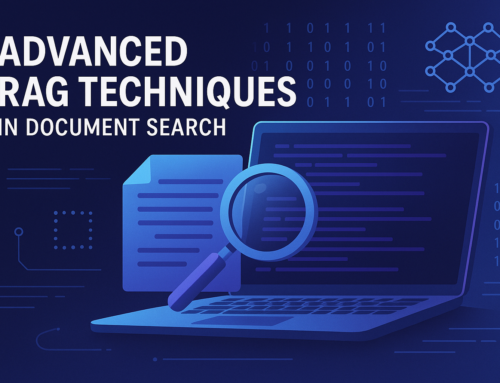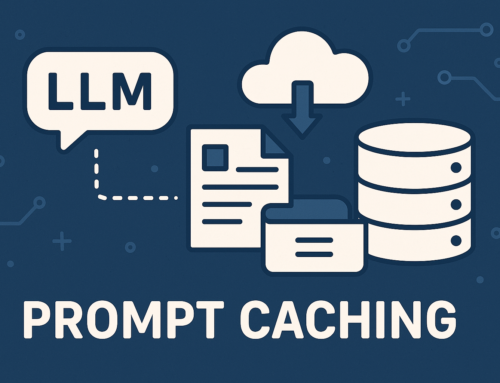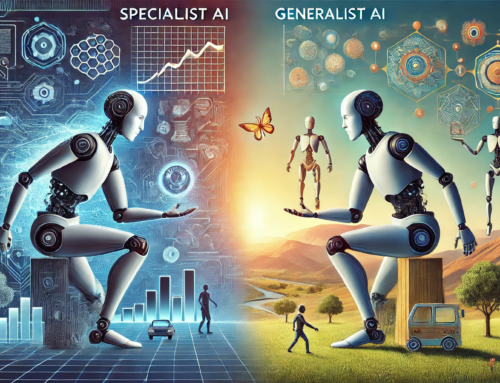CtiPath categorizes issues that arise in enterprise systems into experience areas, based on the application and system involved. For Machine Learning, we typically categorize issues as affecting Business, Technical Operations, Data Operations, or User experiences. (These categories are not rigid, and can change based on the priorities of the enterprise client.)
When an issue arises in an enterprise MLOps pipeline, understanding which experience area—business, technical operations, data operations, or users—is impacted is critical for effective resolution. Each area plays a distinct role in the overall success of machine learning initiatives, and identifying where the issue lies helps teams respond more efficiently and appropriately. By knowing whether an issue affects business outcomes, infrastructure, data quality, or user experience, organizations can prioritize their actions, prevent further complications, and ensure smooth pipeline operations. This clarity enables more focused problem-solving and better alignment of resources, ultimately minimizing downtime and maximizing the value delivered by machine learning models.
1. Business Experience
![]()
Issues in this area relate to the overall impact of the MLOps pipeline on business performance, financial outcomes, and compliance.
- Model Degradation: Over time, models may lose accuracy as the underlying data changes (data drift). This could lead to suboptimal decision-making, potentially affecting business KPIs like customer churn rates or product recommendation accuracy.
- Unintended Bias: If a model introduces or amplifies bias, it could lead to ethical concerns, loss of customer trust, and even legal issues. This can harm the brand and lead to reputational damage.
- Compliance Violations: If models are used in a way that violates regulations (e.g., GDPR, HIPAA), the company may face legal penalties. For instance, failing to anonymize personal data can have severe financial repercussions.
2. Technical Operations Experience
![]()
This refers to the infrastructure, platform, and tools supporting the MLOps pipeline.
- Model Downtime: Model deployment issues, such as failure to load the model due to server outages or infrastructure failure, can result in downtime. This impacts real-time systems (e.g., fraud detection), causing disruptions and potentially lost revenue.
- Version Mismatch: Managing different model versions can create technical complications. Deploying the wrong version of a model, especially when it hasn’t been properly tested, may cause erroneous predictions and undermine reliability.
- Resource Bottlenecks: High computational demands for training and inferencing can strain cloud resources, leading to increased latency, higher costs, and slow response times in production systems. Technical operations teams may struggle with scaling appropriately.
3. Data Operations Experience
![]()
Data is the backbone of any MLOps pipeline. Issues in this area can hinder the performance and reliability of models.
- Data Drift: If the incoming production data deviates from the data used to train the model, the model’s accuracy decreases. This leads to inaccurate predictions and the need for retraining or intervention.
- Data Quality Issues: Incomplete, incorrect, or corrupted data can lead to poor model performance. For example, if the data pipeline ingests erroneous data, it can affect model outcomes, requiring the operations team to manually clean and correct datasets.
- Pipeline Failures: When a data pipeline breaks, data may not flow properly from source to the model. This can result in missing updates or delayed insights, which may affect time-sensitive business processes.
4. User Experience

This area involves the experience and satisfaction of users interacting with the system or using the model outputs.
- Poor User Experience (UX): If a model gives slow responses (due to latency issues) or inaccurate recommendations, it can frustrate users. For instance, users of a recommendation engine may receive irrelevant suggestions, leading to dissatisfaction.
- Trust Erosion: In cases where predictions are consistently wrong or biased, users may lose trust in the model. For example, if a sentiment analysis tool repeatedly misinterprets user feedback, customers may feel misunderstood and disengage from the service.
- Lack of Transparency: Users, especially in regulated industries, might require explanations for model decisions. If the model is a black box, it may be difficult for users to trust the outputs, leading to friction in decision-making processes.
Cross-Area Impact:
Most issues that arise in enterprise systems (including enterprise ML systems) affect multiple experience areas. For example, model degradation not only impacts business KPIs but also affects user trust and technical operations, since the technical team may have to spend resources on troubleshooting and retraining the model. Similarly, compliance issues affect both business and users (e.g., data privacy violations leading to legal actions).
Conclusion:
Assigning issues to specific experience areas—business, technical operations, data operations, and user—provides a structured approach for prioritizing and mitigating problems in an MLOps pipeline. By categorizing incidents based on their impact, organizations can better understand the urgency and scale of each issue. For instance, problems affecting business performance or users might require immediate attention, while technical or data operations issues could call for longer-term solutions, like process improvements or infrastructure upgrades. This targeted approach not only helps allocate resources efficiently but also ensures that critical areas, such as compliance, customer trust, and system reliability, are safeguarded, ultimately leading to more resilient and adaptive machine learning operations.





